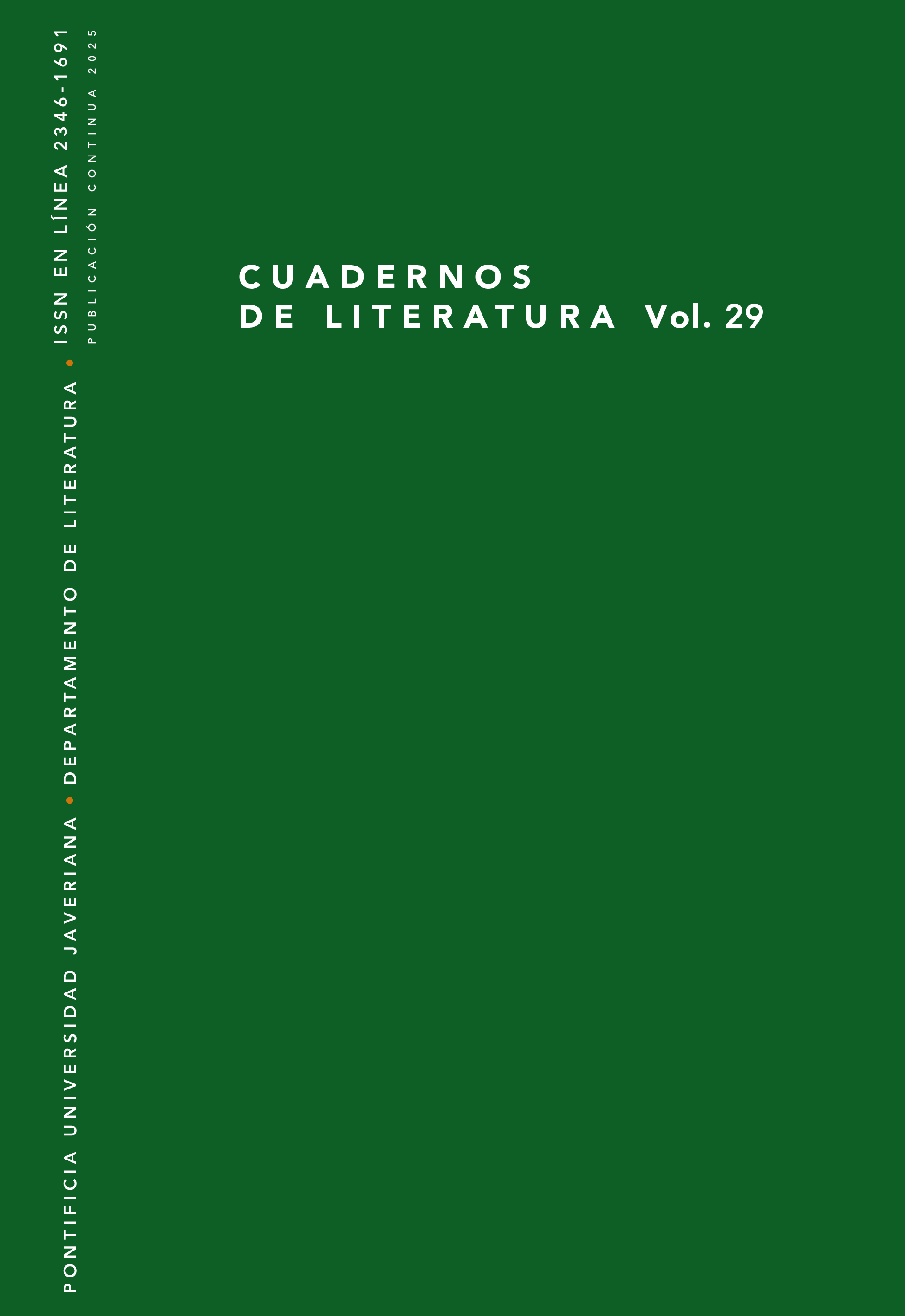Abstract
This paper examines the processes of semiotic intensification in Nefando (2016) and Jawbone (2018), two novels by Mónica Ojeda in which the motif of disturbance —a hallmark of her work— stands out prominently. The unsettling orientation of this narrative delves into themes of corporeality, horror, the abject, and the monstrous. To carry out our analysis, we adopt a semiotic approach, with a particular emphasis on tensive semiotics, a branch that posits the body as the core of semiotic function and focuses on the affective dimension of discourse.

This work is licensed under a Creative Commons Attribution 4.0 International License.
Copyright (c) 2025 Fortino Corral Rodríguez



